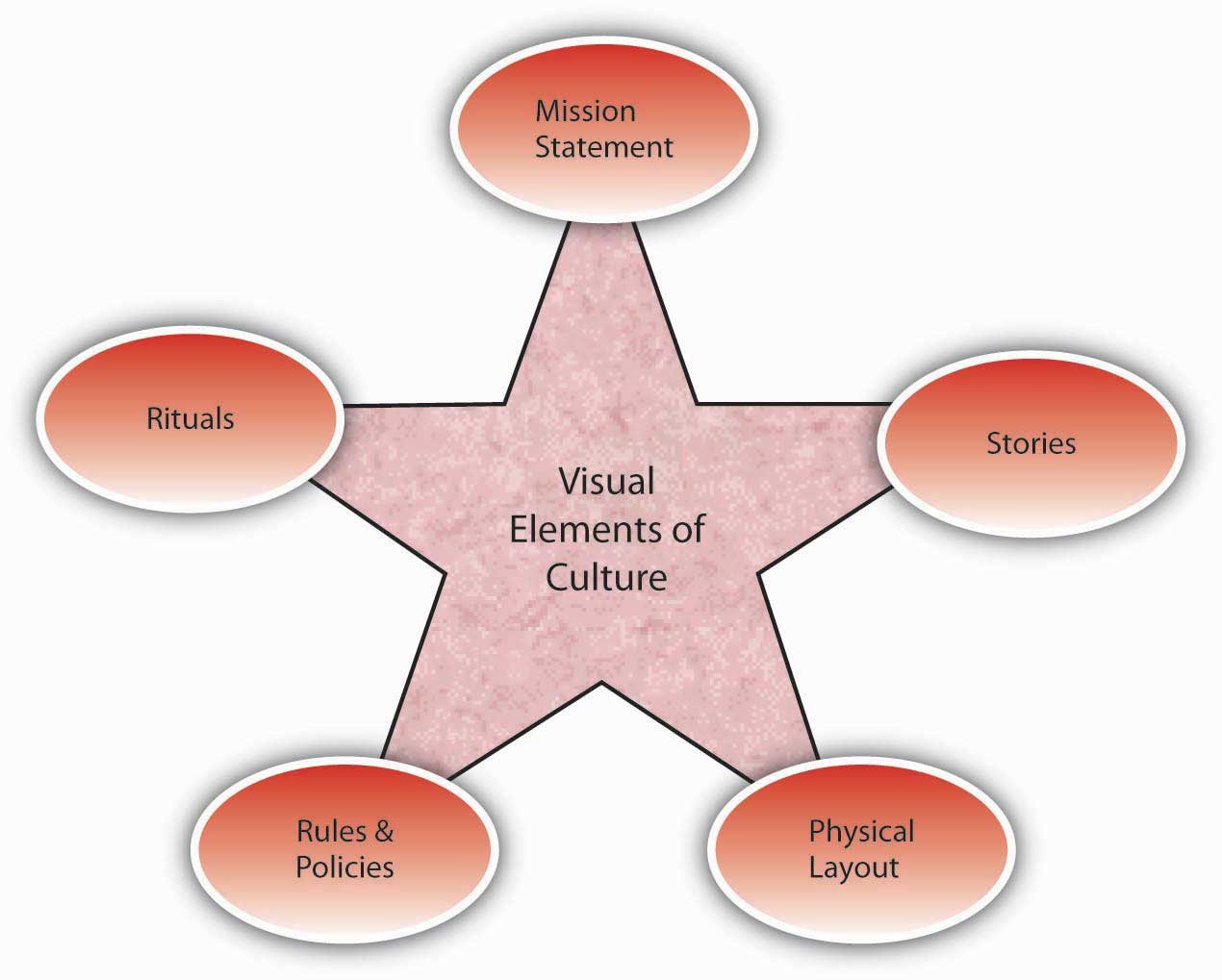
The conundrum of cultural receptivity towards deviance is a multifaceted one, dense with implications for social cohesion, identity, and innovation. At the heart of this discussion lies a pivotal question: “Which culture generally considers deviant people and ideas dangerous?” This inquiry does not merely seek a definitive answer; rather, it invites a profound exploration into the interplay between cultural norms and deviations therein.
To decipher this enigma, it is essential to delineate what constitutes a “deviant” concept or individual. Deviance typically refers to beliefs, behaviors, or attitudes that diverge from established cultural or social norms. Hence, cultures that valorize conformity and traditional values—often described as collectivistic cultures—tend to perceive deviation as a threat. In contrast, cultures that embrace individualism often regard deviation as a catalyst for creativity and transformation. Thus, the dichotomy between these two cultural paradigms sets the stage for an intriguing analysis.
Collectivistic cultures, prevalent in many Asian communities, tend to interpret deviance with suspicion. The foundational belief in social harmony—where the community’s welfare supersedes individual desires—leads to a predisposition against those who challenge the status quo. In these settings, deviation from expected behaviors can disrupt social equilibrium, eliciting fear of fragmentation within the group. Therefore, deviant individuals may be metaphorically branded as ‘dangerous,’ presenting a potential risk to the collective well-being. Consider the implications: does the suppression of divergent thought stifle innovation? Or is it a necessary evil to preserve societal integrity?
Nevertheless, it is crucial to scrutinize the implications of labeling deviance as dangerous. In cultures that emphasize group cohesion, ostracism is a common tool for managing deviance. Such punitive measures may manifest in the form of social exclusion or, more severe, public condemnation. Yet, the long-term consequence of this approach is often a stunted intellectual climate—dissenting ideas may be quelled under the weight of societal pressure, preventing progress and adaptation. Thus, a dialectic emerges: can a culture thrive while simultaneously demonizing deviation?
Conversely, individualistic cultures, such as those predominantly found in Western societies, tend to adopt a more nuanced stance towards deviance. They often celebrate nonconformity and innovative thinking. Within these frameworks, deviation is frequently associated with exploration and the challenging of established norms—elements crucial for scientific inquiry and artistic expression. Here, deviant individuals are often revered as harbingers of social advancement. This raises another intriguing question: does the endorsement of deviance inherently invite chaos, or does it foster a robust diversity of thought?
Moreover, the perception of deviance varies significantly within individualistic cultures themselves. Subcultures may both encourage and contest the acceptance of deviant behavior based on their own unique social contract. For instance, the LGBTQ+ community, while once marginalized, has reshaped narratives around deviance to forge pathways for acceptance and inclusivity. This transformation illustrates an evolutionary aspect of culture—ideas once deemed dangerous can, over time, catalyze societal reform. Put differently, is it possible for cultures to evolve from viewing deviance as a peril to embracing it as a pivotal element of social identity?
Importantly, the characterization of deviant ideas as dangerous can also stem from historical perspectives and power dynamics within cultures. There exists a continuum of power relations that can dictate which ideas are deemed acceptable versus those relegated to deviance based on prevailing ideologies. Cultural imperialism, for instance, may lead to the denouncement of indigenous or alternative belief systems as dangerous simply because they diverge from mainstream Western ideologies. This raises necessary concern—who determines which ideas are dangerous, and what frameworks are utilized to uphold these judgments?
Within the sociopolitical landscape, the media often exacerbates the cultural perception of deviance. The portrayal of ‘deviants’ in films, literature, and news narratives can ignite fear and perpetuate misunderstanding. This influence underscores the ethical imperative of responsible representation, as the media holds the power to shape societal perceptions. Therefore, one must ponder: can cultural narratives evolve in a manner that elevates dialogue and reduces fear surrounding deviance?
As this discourse unfolds, it becomes clear that the tension between cultural conformity and deviation poses significant ramifications for the evolution of societies. Cultures that embrace deviation may, paradoxically, fortify their own resilience. This dynamism raises critical considerations for policymakers, educators, and leaders: how can societies cultivate an environment that is both inclusive and progressive while safeguarding the integrity of social cohesion? In doing so, one may arrive at a transformed understanding that deviance does not inherently signify danger; rather, it may signify an opportunity for growth.
Ultimately, as globalization and technological advancements continue to blur cultural boundaries, the dialogue surrounding deviance will undoubtedly evolve. Cultures will face a fundamental challenge: to embrace or vilify the innovative potential embedded within deviations from social norms. The ideas surrounding deviance will remain contentious, compelling societies to reevaluate what it truly means to be ‘dangerous’ in an increasingly interconnected world.
